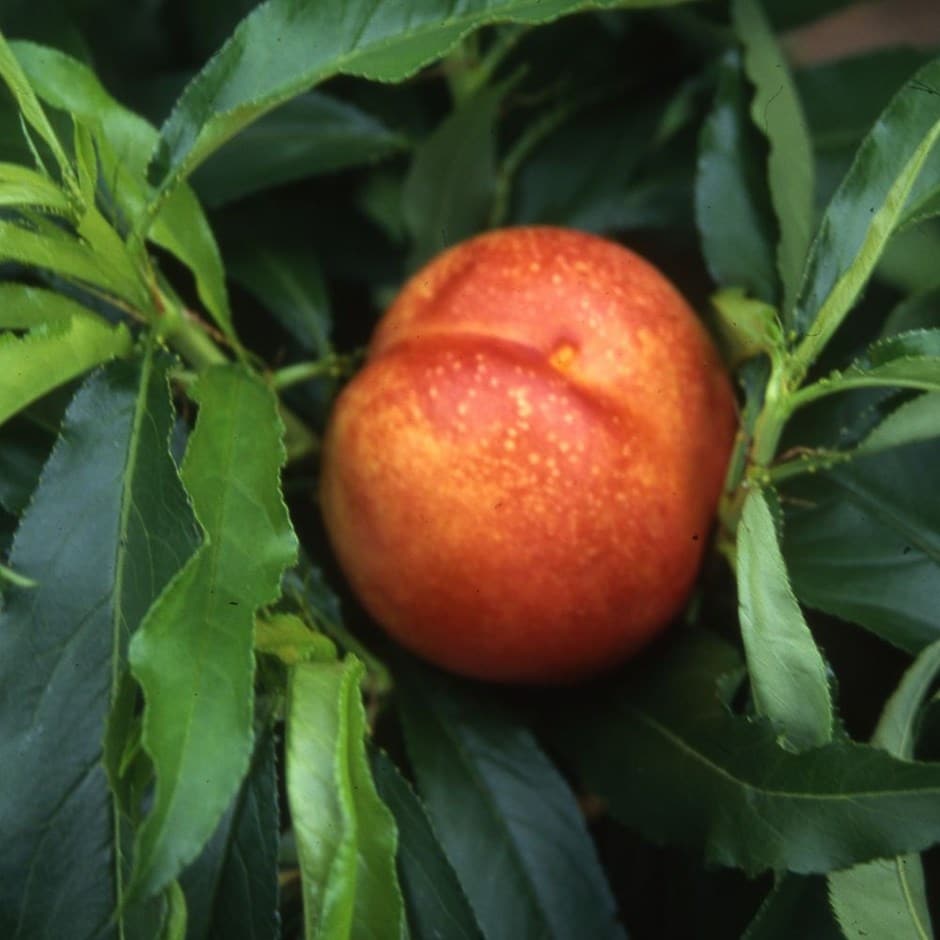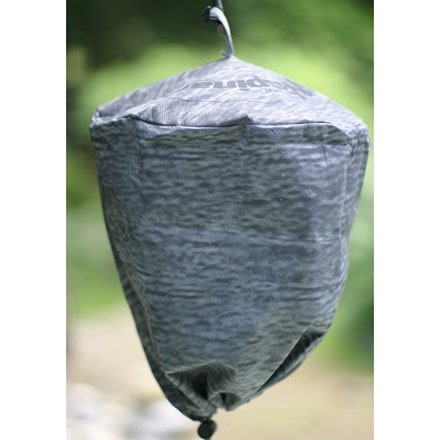nectarine 'Nectarella'
nectarine Nectarella
- 8.5 litre pot | SJA | top worked at 45cm
- £109.99
- available to order from spring
Delivery options
- Standard £12.99
- Position: full sun
- Soil: moderately fertile, moist but freely draining soil, or loam-based compost for containers
- Rate of growth: slow
- Flowering period: April to May
- Hardiness: half hardy (will need winter protection)
This top-quality dwarfing nectarine is ideal for growing in larger pots, which makes it easy to move to a sheltered spot in the colder months. A freestone type, its orange-red fruits are deliciously sweet and are usually ready to harvest from mid-August. 'Nectarella' is the perfect nectarine for growing in smaller gardens or patios.
The crown of this small tree has been grafted onto the upright stem of the rootstock at a height of 45cm, which will limit the eventual height. Perfect for a small garden or growing in a large pot with a loam-based (John Innes) compost.
The crown of this small tree has been grafted onto the upright stem of the rootstock at a height of 45cm, which will limit the eventual height. Perfect for a small garden or growing in a large pot with a loam-based (John Innes) compost.
When planting your nectarine, prepare a hole up to three times the diameter of its root system. Fork over the base of the pit in readiness, incorporating plenty of organic matter into the backfill and planting hole.
Avoiding frozen and waterlogged soil, trees should be planted out as they arrive. In exposed positions, consider growing against or training on a sheltered, sunny wall, or stake firmly, keeping the base weed-free.
Apply a balanced fertiliser in early spring to support growth and fruiting and provide regular watering during hot, dry spells. Protect blooms from late frost by covering the plant with a double layer of horticultural fleece, and prune in summer to reduce the risk of disease.
Avoiding frozen and waterlogged soil, trees should be planted out as they arrive. In exposed positions, consider growing against or training on a sheltered, sunny wall, or stake firmly, keeping the base weed-free.
Apply a balanced fertiliser in early spring to support growth and fruiting and provide regular watering during hot, dry spells. Protect blooms from late frost by covering the plant with a double layer of horticultural fleece, and prune in summer to reduce the risk of disease.
Goes well with
Biofleece plastic free plant fleece - 18gsm
2m × 10m
£12.99
In stock (shipped within 2-3 working days)



